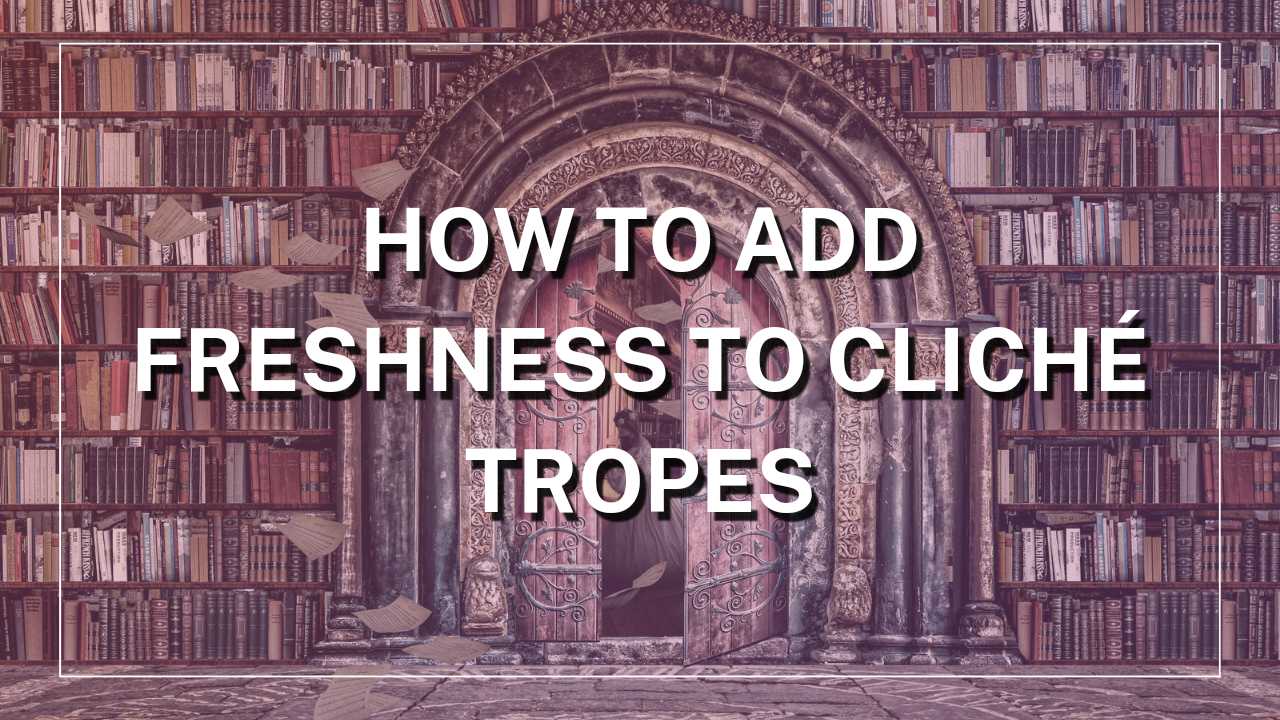In fiction, cliché tropes are often unavoidable. Recurring tropes and themes exist for a reason. They resonate with the readers and encompass universal truths or experiences. However, overusing or writing the same old junk can make your story predictable and boring, turning off your reader’s interest and curiosity. The key to making cliché tropes work is by adding twists that reinvigorate these familiar ideas.
Here are a few ideas to give a new life to cliché tropes:
1. Subvert Expectations:
The best way to add a refreshing touch to your trope is by subverting the reader’s expectations of how the story might play out. Most of the time when the story has a cliché trope, readers often anticipate some familiar plots. But, if you flip the expectations of your readers, then it will give your book a different spark. This can also be done by changing the settings or context of the trope.
For instance, the “chosen one” narrative can be placed in a dystopian society where the chosen one is a reluctant anti-hero, challenging the usual heroic archetype.
2. Creative Combination:
Another way of igniting the spark in cliché tropes is by combining them, not in a predictable but unique way. This creative risk can help you find a unique style of writing and would bring better engagement to the stories. This intersection of tropes can create dynamics and plots that would feel fresh to the readers.
For example, you can take the “enemies to lovers” trope combining it with a “time travel” trope to add plots that would force the protagonists to team up, leading them to fall in love with each other.
3. World Building:
The setting of a story plays a vital role in the narrative and can often be used to add freshness to cliché tropes. A trope can be redefined by the era it exists in. If a “reluctant hero” trope is placed in a dystopian future, the morals of the hero might come into question. This will make the readers curious about why the hero would be reluctant to save society. The plot will be unique and interesting to the reader when the hero is compelled towards the dark side.
4. Incorporating Modern Cultures:
Most tropes originate from particular cultures, and incorporating modern values and sensibilities will bring relevance to outdated clichés. With the awareness of equality, independence and diversity, readers often look for stories that have classic tropes with modern morals. These types of stories are rare and unique, which can give you a strong grasp of the audience. The intersection of modern culture and traditions will create a unique style of narrative for classic tropes.
5. Character Depth:
Cliché tropes often have simple characters that fit into the trope perfectly, so by adding complexity to the characters of the story, you can add new opportunities for plot twists. Character complexity itself increases the reader’s interest, overpowering the cliché part of the trope. This will keep the readers in suspense for the story’s climax.
For example, you can add a mental disorder to the protagonist that might lead them to become the antagonist, but then it can be twisted to how they overcome this problem and become the hero.
Tropes exist due to the engagement of readers and they can become extinct if they are left without any creative modification. Tropes and clichés are not inherently bad. They are storytelling tools that, when used creatively, can enhance your narrative. The key to adding freshness lies in your ability to subvert, combine, and reinterpret these familiar elements. By doing so, you can craft stories that are both engaging and original, keeping readers invested from beginning to end.

